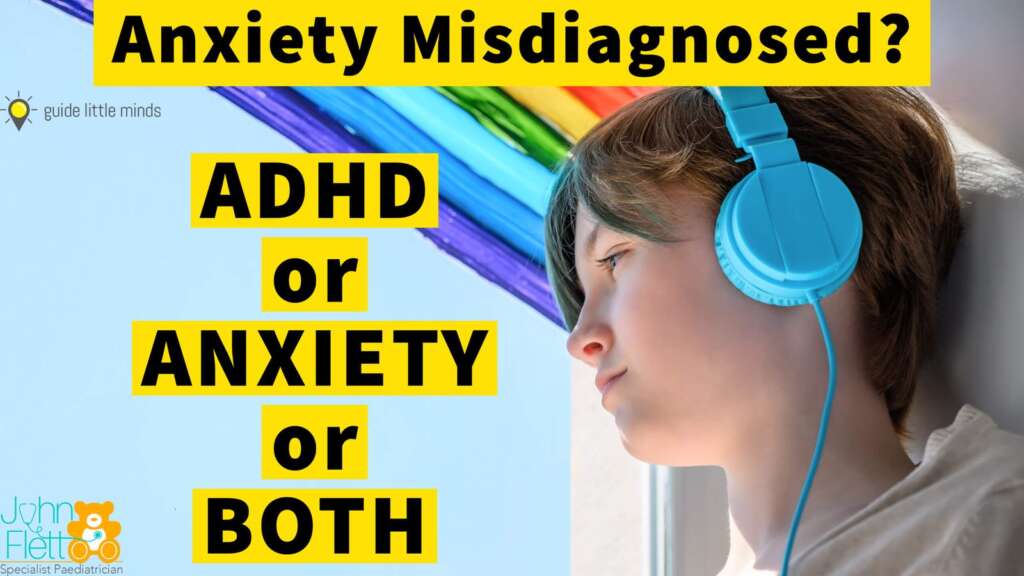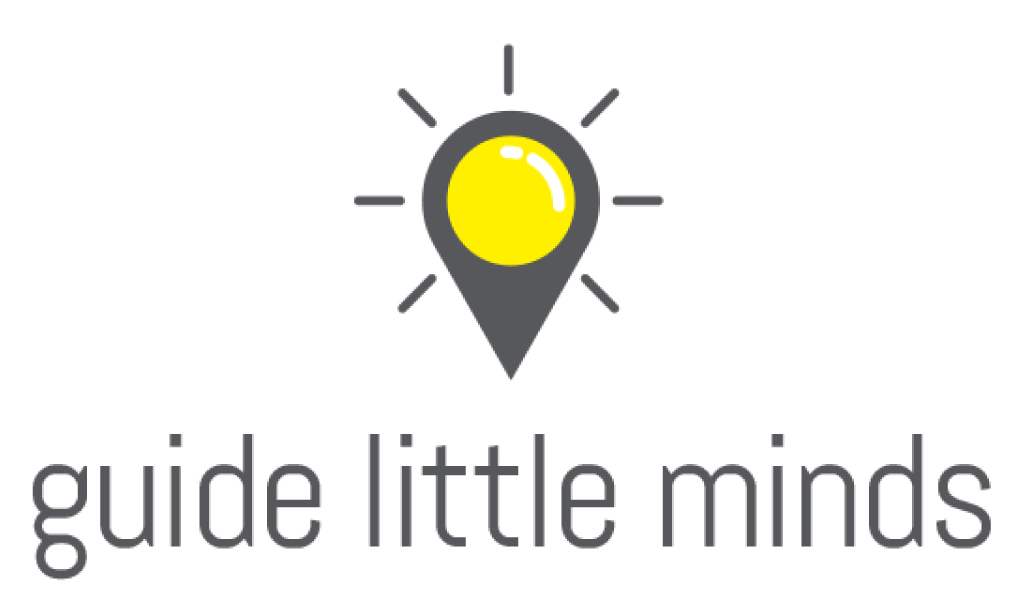Why Anxiety Disorder Is So Often Misdiagnosed?

Anxiety disorders get more frequent, debilitating, and become more noticeable as the child moves into adolescence and adulthood.
No one can deny that we live in anxious times.
We worry about many things from the moment our eyes open in the morning — contracting COVID, getting to school on time, socialising with peers at school, keeping on top of academics and achieving good grades. For parents finding a job in a tight economy, to hoping the car doesn’t break down in six months. Anxiety becomes a diagnosable illness, though, only when its causes are not tied to the events of our lives but have a life of their own. When the tempo of anxiety gets so bad that it impairs our ability to function, it needs to be formally diagnosed and treated.
Anxiety Disorders (AD) occur much more frequently in people with ADHD than in the general population. The National Comorbidity Survey Replication reported that 47 per cent of adults with ADHD had an anxiety disorder of some kind. Childhood anxiety disorders are the second most common condition coexisting with ADHD.
The connection between ADHD and anxiety challenges the wishful thinking that a child will grow out of his fearfulness if the family waits long enough. This is the so-called “kicking the can down the road” The fact is that anxiety disorders get more frequent, more impairing, and become more ingrained as the child moves into adolescence and adult life. Research and clinical experience support intervention as early as possible.
ADHD and anxiety disorder symptoms overlap. Both cause restlessness. An anxious child can be highly distracted because he is thinking about his anxiety or obsessions. Both can lead to excessive worry and trouble settling down enough to fall asleep. It takes time to do a comprehensive history to determine whether a patient is struggling with one or both conditions. You should expect your clinician to ask you to fill out checklists and perform a thorough assessment before suggesting treatment options and medication.
Is Anxiety Under-Diagnosed?
Doctors are missing anxiety because the number of symptoms does not meet the essentially arbitrary diagnostic cutoffs of the DSM-IV. I have found that anxiety complaints are common in children and adults with ADHD. (the average child will have nine or more symptoms of anxiety), but they usually don’t have enough in one category to reach a formal diagnosis. So, many people are not diagnosed with anxiety and don’t receive appropriate treatment.
Some clinicians are concerned that symptoms of anxiety might be due to ADHD. The difficulty that most people with ADHD have in accurately naming their emotions is well documented. They do not use emotional labels the same way those without ADHD do, leading to misunderstanding and misdiagnosis.
When a person with ADHD complains of anxiety, I suggest that paediatricians not immediately accept the child’s explanation for her emotions. It is vital to understand what anxiety is before concluding anxiety is the problem rather than the restlessness ADHD causes Anxiety, by definition, is a baseless, apprehensive fear,”. More times than not, a person with ADHD hyperarousal will give a confused look and respond, “I never said I was afraid.” If the child can drop the anxiety “nervous” label and describe what the feeling is like. You may hear, “I am always tense; I can’t relax enough to sit and watch a movie or TV program. I always feel like I have to go do something.” The child describes the inner experience of hyperactivity when it is not being expressed physically.
Children’s ADHD nervous systems are consistently inconsistent. The child is never sure that her abilities and intellect will show up when they are needed. Not being able to cope with tasks at school or social demands is humiliating. Understandably, children with ADHD live with persistent fear. At the same time, children with ADHD have real fears e based on events in their lives. These fears are real, so they do not indicate an anxiety disorder.
A correct diagnosis is key to good treatment outcomes. The distinction between anxiety and hyperarousal makes a big difference in how treatments work.
Most clinicians view anxiety and ADHD as separate conditions with two different treatments. The decision about which to treat first is usually based on which one is more debilitating and causing the primary problem. Both conditions require aggressive treatment.
If you want to learn more, visit the websites guidelittleminds.com and drflett.com. Contact our friendly staff on 031 1000474.

